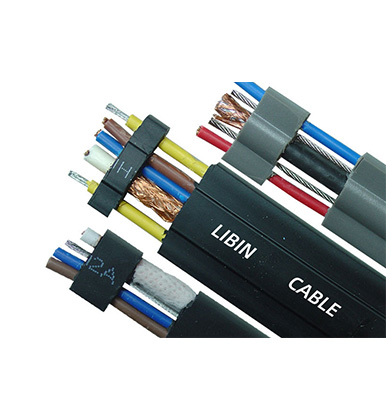Flexible Flat Cables (FFC) are advanced interconnection solutions widely used in modern electronics, automotive, industrial, and medical applications. Their unique flat and flexible design offers superior space savings, lightweight properties, and excellent electrical performance. With increasing demand for compact, high-speed, and reliable devices, FFCs have become an essential component for manufacturers and engineers worldwide.
FFC’s ultra-thin profile allows engineers to design more compact devices without sacrificing connectivity. The flat structure ensures cables can be routed through narrow spaces with ease.
Unlike traditional round cables, FFCs can bend and fold repeatedly, making them suitable for dynamic applications such as moving assemblies, robotics, and folding screens.
The thin and flat form reduces overall device weight, which is crucial for portable electronics and automotive industries where energy efficiency is a priority.
The parallel conductor arrangement ensures consistent impedance and reduces cross-talk, making FFC suitable for high-speed data transmission.
With high-quality insulating materials such as polyimide and PET, FFCs can withstand elevated temperatures and harsh working environments.
| Feature | Flexible Flat Cable (FFC) | Traditional Round Cable |
|---|---|---|
| Flexibility | Excellent, bendable in tight spaces | Limited, less flexible |
| Weight | Lightweight | Heavier |
| Space Efficiency | High, suitable for compact designs | Moderate |
| Signal Integrity | Strong, reduced crosstalk | Varies, may require shielding |
| Installation | Quick and easy | More complex |
| Cost Efficiency | Lower in bulk use | Higher |
Ensuring quality is critical in the production of Flexible Flat Cables. Manufacturers adopt strict quality control measures, which include:
High-grade copper for conductors.
Flame-retardant and heat-resistant insulation materials.
Automated cutting and stripping machines ensure precision.
Tight control of conductor pitch and spacing.
Continuity and insulation resistance testing.
High-voltage withstand testing to ensure safety.
Flex life cycle testing for durability.
Tensile strength and bend radius evaluation.
RoHS compliant materials.
UL, CE, and ISO certified manufacturing processes.

Installing FFCs is straightforward and saves assembly time. Below is a simplified step-by-step guide:
Verify cable length and pitch specifications.
Inspect connectors for compatibility.
Identify the conductive side of the FFC (usually marked).
Align the contacts with the receiving connector.
Insert the cable gently into the connector slot.
Ensure proper alignment without bending excessively.
Engage the connector latch or lock to secure the cable.
Perform a quick continuity check.
Power on the device to ensure functionality.
Proper handling and maintenance extend the service life of FFCs.
Avoid sharp bends below the minimum bend radius.
Prevent exposure to direct heat sources or chemicals.
Regularly inspect connectors for dust and oxidation.
Replace cables if signs of wear or cracking appear.
Store in a dry, cool environment.
Avoid stacking heavy objects on top of coiled cables.
Always replace FFCs with identical pitch and length specifications.
Use certified cables for safety and compliance.
FFC is widely used across various industries, including:
Consumer Electronics: Laptops, smartphones, tablets, cameras.
Automotive Industry: Infotainment systems, dashboards, sensors.
Medical Equipment: Diagnostic devices, imaging systems, portable monitors.
Industrial Automation: Robotics, control systems, conveyors.
Telecommunications: Routers, switches, communication panels.
Reliability – Tested to meet international safety and performance standards.
Cost Efficiency – Lower installation and maintenance costs.
Versatility – Available in various pitches, lengths, and conductor counts.
Scalability – Suitable for mass production and customized projects.
Flexible Flat Cables are a modern solution that combines flexibility, compact design, and high performance for a wide range of applications. With strict quality control, easy installation, and long service life, FFCs are the preferred choice for manufacturers seeking reliable interconnection solutions. By integrating FFC technology, businesses can enhance product performance, reduce assembly costs, and meet global compliance standards.
本网站使用 cookie 来确保您在我们的网站上获得最佳体验。